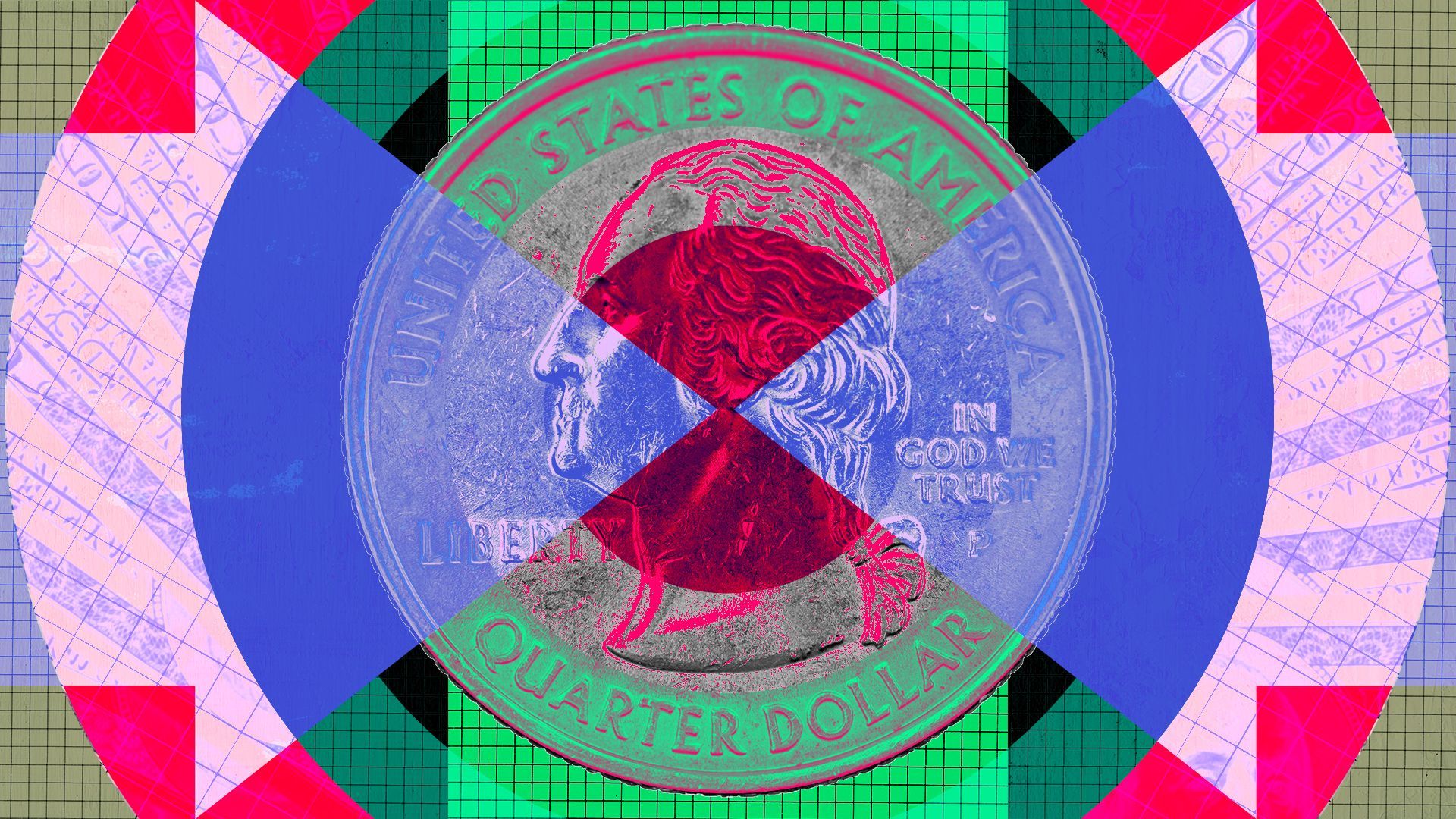Parallels to 1980s…

Illustration: Shoshana Gordon/Axios
Most of the finance world is looking to the great financial crisis for parallels to what happened to Silicon Valley Bank, but perhaps a better case study lies back in a time before bank runs went viral on Twitter. Before the internet, when roller rinks, “Flashdance,” and big hair were in the air — and people talked on the phone … We’re talking about the 1980s.
The big picture: The savings and loans crisis. From 1980 to 1994, nearly 1,300 of these smaller, home loan-focused banks failed.
- And they failed mostly because of at least one issue that plagues us today: high inflation that prompted big rate increases by the Fed.
- The S&Ls were in the mortgage business, and when they made these loans they held them on their books. As rates rose, those mortgages were worth less and less — a sort of corollary to the mortgage-backed and government securities sitting on SVB’s books.
Also: Decades ago, the Fed’s rate hikes also helped crush an oil boom, which was a big problem for a bank called Penn Square that had made some risky loans concentrated in the oil sector, as Edward Harrison writes in Bloomberg.
- When the boom went bust and as rates rose, people got nervous and pulled money out of the bank — forcing it to sell assets that were now worth less than before. The bank collapsed, leading to contagion at two other banks, Harrison writes.
- In SVB’s case, it was similarly reliant on one sector — tech.
Yes, but: There are differences in the details, of course. Back then, banks were competing for deposits with money market funds that paid higher rates — and they were losing. That wasn’t quite the issue with SVB.
- We’ve also only seen two banks fail. Not hundreds.
The bottom line: As the kids like to say, history doesn’t repeat, but it does rhyme.

